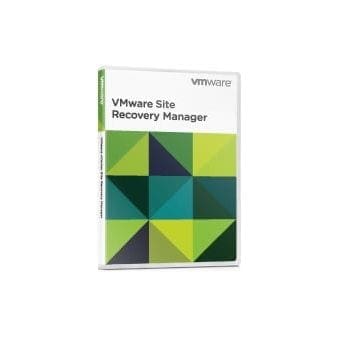When upgrading SRM, it must be done in a very specific order, following the below (from the official documentation for VMware SRM 5.8)
In summary you upgrade everything except your hosts on the Protected site, then the same at the DR Site. Finally Upgrade the ESXi hosts at the DR site then at the Live site. Followed by VM Hardware and VMware tools upgrades.
Important: If you configured bidirectional protection, in which each site acts as the recovery site for the virtual machines on the other site, upgrade the most critical of the sites first.
- Upgrade vCenter Server and vSphere Web Client on the protected site.
- If you use vSphere Replication, upgrade the vSphere Replication deployment on the protected site.
- Upgrade Site Recovery Manager Server on the protected site.
- If you use array-based replication, upgrade the storage replication adapters (SRA) on the protected site.
- Upgrade vCenter Server and vSphere Web Client on the recovery site.
- If you use vSphere Replication, upgrade the vSphere Replication deployment on the recovery site.
- Upgrade Site Recovery Manager Server on the recovery site.
- If you use array-based replication, upgrade the storage replication adapters (SRA) on the recovery site.
- Verify the connection between the Site Recovery Manager sites.
- Verify that your protection groups and recovery plans are still valid.
- Upgrade ESXi Server on the recovery site.
- Upgrade ESXi Server on the protected site.
- Upgrade the virtual hardware and VMware Tools on the virtual machines on the ESXi hosts.
Order of Upgrading vSphere and Site Recovery Manager Components
Always check the VMware Product Interoperability Matrixes to ensure the versions you are upgrading to, are supported
add a comment





